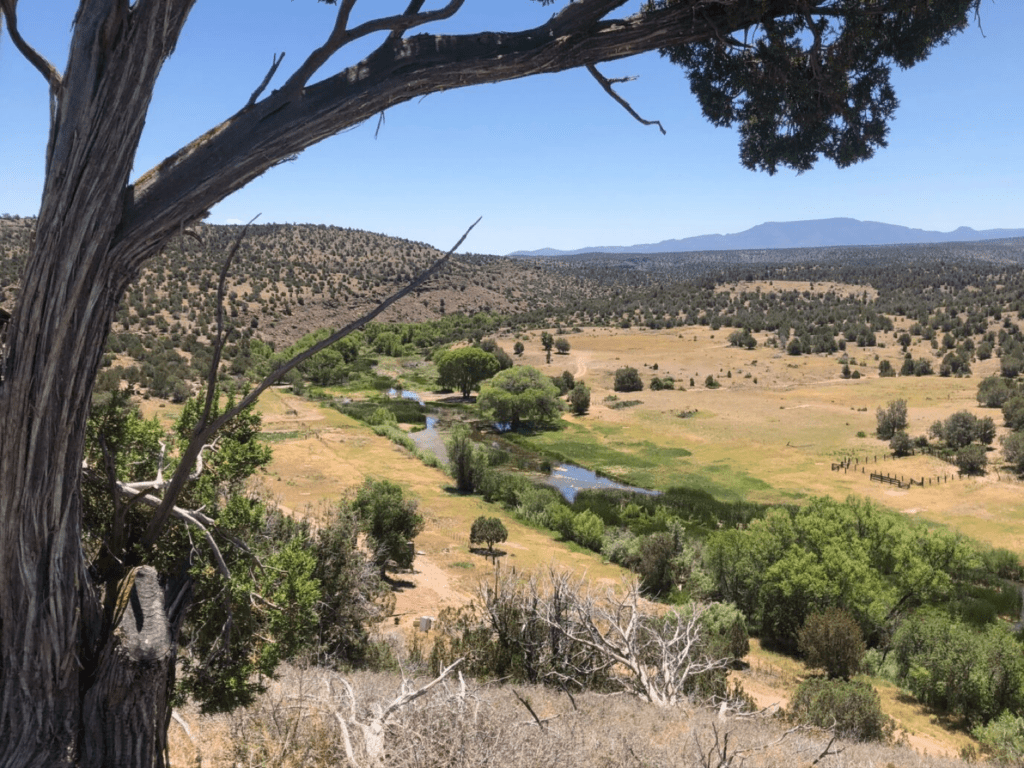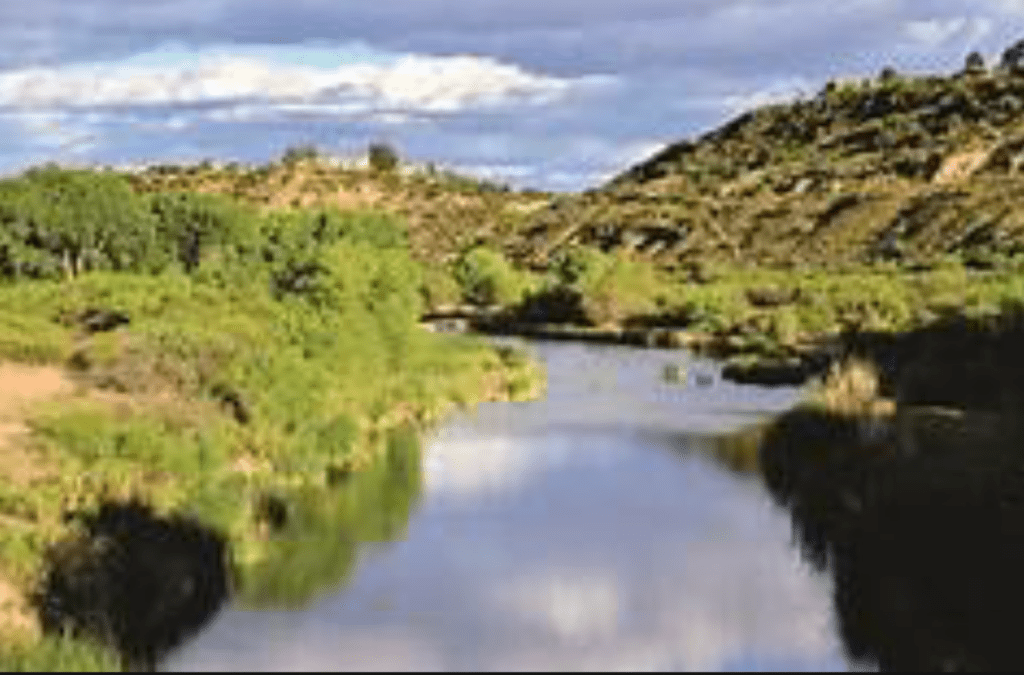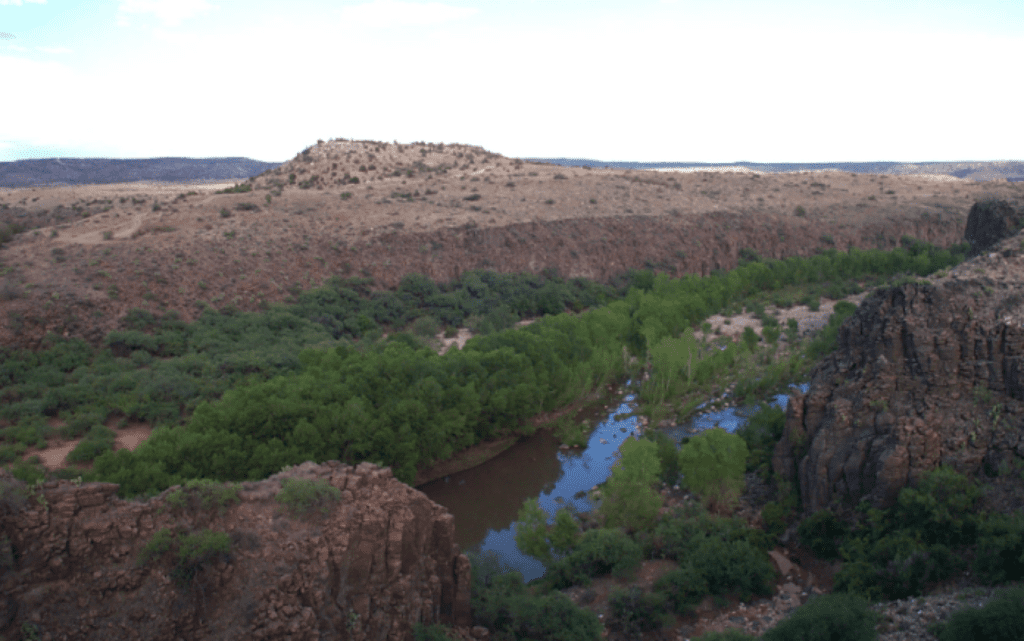Daniel Salzler No. 1072
EnviroInsight.org 4 Items October 16, 2020
Feel Free To Pass This Along To Others
If your watershed is doing something you would like others to know about, or you know of something others can benefit from, let me know and I will place it in this Information newsletter.
If you want to be removed from the distribution list, please let me know. Please note that all meetings listed are open.
Enhance your viewing by downloading the pdf file to view photos, etc. The attached is all about improving life in the watershed.
This is already posted at the NEW EnviroInsight.org
1. Uranium Mining In The Grand Canyon Watershed. Canyon Mine still has not extracted a single pound of uranium ore. But it has presented tons of problems to the local governments and for the people who depend on the Grand Canyon watershed for their drinking water and way of life.
Canyon mine’s shaft is flooding with approximately 10 million gallons of water per year. The mining company is storing the water in an onsite pond in which wildlife drink, forage for insects, and bathe. Some of the contaminated water I simply “misted” into the air, while more is sprayed on the ground for dust control.
The extracted water has been measured to have uranium levels four times the EPA standard for safe drinking water and 29 times the safe standard for arsenic.
Today, more than 30 years after the last mine closed, people who live near these mines for years, most of whom were never informed of the risks to their health, are still experiencing high rates of kidney failure, cancer, and other health ailments linked to uranium exposure. Source: Sierra Club
2. Q. What is the action called when gyroscopics, gravity and wind force are working perfectly together?
See answer at end of newsletter.
3. 84 Acres On Verde River Added To The Prescott National Forest
Newly protected property will provide easy access for the public to the Upper Verde River.
The Trust for Public Land and the U.S. Forest Service today announced the permanent protection of 84 acres on the upper Verde River by adding the land to the Prescott National Forest. The property, known as the Rio Verde Ranch, lies along the Verde River, one of the last free-flowing rivers in Arizona and which provides drinking water to the Phoenix area’s four million residents. The ranch contains a 2/3 mile stretch of the river near the headwaters and includes riparian forest of Fremont cottonwood and Goodding’s willow, one of the most threatened forest types in the country.

Most of the upper reach of the river – a forty-mile stretch that has been determined as eligible for Wild and Scenic River status – is already owned by the public as part of the Prescott National Forest. However, there are very few places for public access to the river since most of the river is rugged with deep cliffs. With its easy access to the river, the addition of Rio Verde Ranch to the National Forest will provide the public a third access point on the upper Verde. Through a planning process over the coming year, the Forest Service will determine what recreational uses will be made available on the new property, which will likely include hiking, hunting, birdwatching, and kayaking. “This amazing property is a great success in our mission of protecting land for people,” said Michael Patrick, Senior Project Manager for The Trust for Public Land, “Besides preserving one of the few private inholdings on the Upper Verde with some extraordinary natural resources, this ranch will be a great place for people to come out and experience the river. We are incredibly proud to have partnered with the Forest Service, a private businessperson, and the Catena Foundation to have added this property to the Prescott National Forest. Now, more than ever, we know how important it is to have access to quality outdoor experiences for generations to come.”

A major challenge for the success of this project was the need to remove several old homes and six other buildings – a requirement for the Forest Service to be able to accept ownership of the land – and return the land to a more natural condition. An Arizona entrepreneur and philanthropist who has a love of the Prescott National Forest and the river, and prefers to remain anonymous, offered to donate his services to demolish and remove those buildings so that the land could be added to the national forest. A stone cabin that was constructed in 1900 by the original homesteader remains on the land and will help tell the story of the land. The Trust for Public Land has contracted with nonprofit partner Friends of Verde River to complete a restoration plan for reseeding the areas were the buildings were located with native seed. Also located on the property is one of the major river gauges operated by the U.S. Geological Survey that is used to measure and track river flow.
“We are grateful for the partnerships that made this important land acquisition possible,” said Dale Deiter, Forest Supervisor, Prescott National Forest. “Preserving this stretch ofthe Upper Verde River furthers our goals of protecting unique riparian habitat for wildlife, providing a source of clean water for area communities, and increasing access to sustainable recreational opportunities on the Forest.”
The purchase of the property was made possible through a grant from the Land and Water Conservation Fund (LWCF), which was recently permanently reauthorized and fully-funded thanks to the support of most of the Arizona Congressional delegation. The LWCF is made possible by taking a small percentage from the federal government’s share of oil and gas extraction revenues and reinvesting them into parks and public lands projects – it does not use taxpayer dollars. The passage by Congress earlier this year of the Great American Outdoors Act will ensure LWCF is fully funded each year and should substantially increase the number of critical private inholding properties in our national forests, national parks, and other federal protected areas that can be protected and opened up for public recreation.

The Trust for Public Land purchased the property this June from a willing seller to meet the deadlines of the real estate contract. This purchase was assisted by the Catena Foundation – whose mission includes protection of watersheds and creating recreational opportunities for communities – which made a low-interest loan so the Trust for Public Land could buy the property and hold it during the building demolition phase before selling the ranch to the Forest Service.
“The Catena Foundation is pleased to partner with The Trust for Public Land and the Prescott National Forest in this effort to preserve and protect valuable riparian habitat in the headwaters of one of Arizona’s last free-flowing rivers,” said Mike Wight, Restoration, and Trails Program Officer at the Catena Foundation, “Through introduction of a new access point in the Upper Verde, people can connect with this special place to appreciate the critical balance between water use and the environment.”
This project is part of The Trust for Public Land’s Verde River Program, which is working along the river and its major tributaries to protect and restore critical properties and create equitable access to outdoor recreation. We are grateful for supporters Nina Mason Pulliam Charitable Trust and the J.W. Kieckhefer Foundation for helping to make this program possible.
Protecting this land is a huge win for Arizona and will allow our state and our communities to responsibly use our resources and further economic development and recreational opportunities. “Not only will it help to restore the Verde River’s ecosystem, but it will also bring economic growth to Yavapai County.”
“Today’s announcement will help secure Arizona’s water future while strengthening our outdoor recreation industry,” said Senator Kyrsten Sinema.
4. Planning To Control Future Diseases. On February 29, 1956, a Universal Pictures ”News Reel” presented what leaders and scientists believed would be in our future. One of those items included a major disease, spreading from East Asia to the entire world in 2020.
Today, scientists believe there are somewhere between 631,000 and 827,000 viruses that have the potential to spread to humans. There is currently an effort by several universities to identify these viruses, to group them in “like“ viruses before they initiate work on developing vaccines to counter the viruses. Source: Wall Street Journal, Universal Pictures
Answer to No 2 Above. What it takes to throw a perfect football spiral. Source: University of Nebraska Dr. Tim Gay. Wall Street Journal
Copyright EnviroInsight 2020
